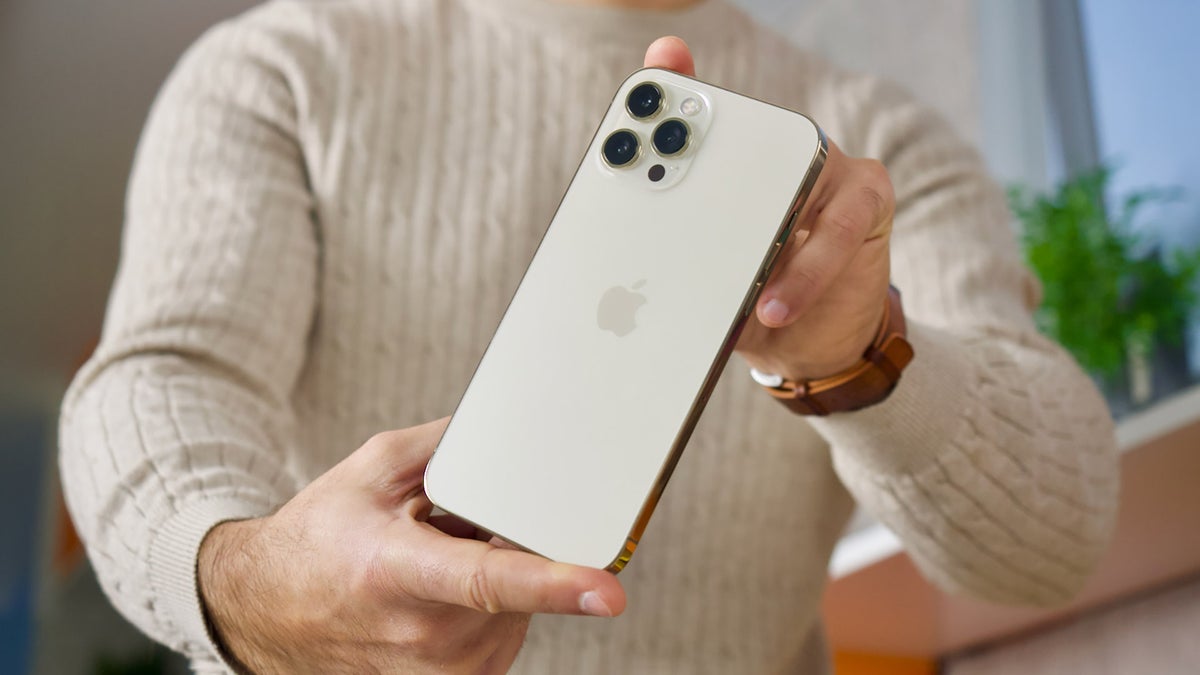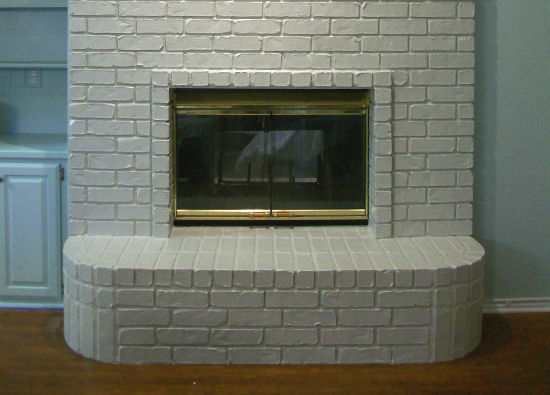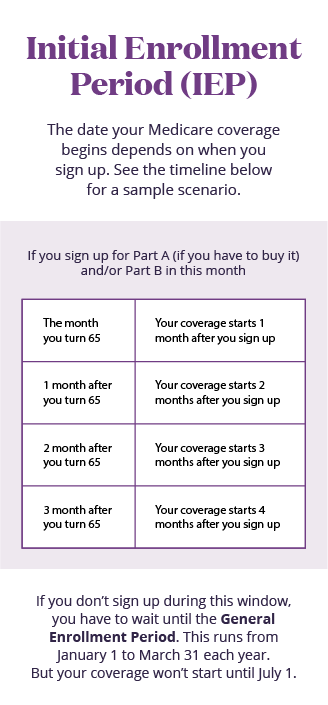In addition to media types, there are also media features. Media features provide more specific details to media queries, by allowing to test for a specific feature of the user agent or display device. For example, you can apply styles to only those screens that are greater, or smaller, than a certain width. Media queries allow you to customize the presentation of your web pages for a specific range of devices like mobile phones, tablets, desktops, etc. without any change in markups. A media query consists of a media type and zero or more expressions that match the type and conditions of a particular media features such as device width or screen resolution.
The older I get, the more zoomed-in my browser tends to become. I just don't have the patience for small-text - I want my font-sizes to feel luxurious and decadent. The other day, however, I needed to take a screen-shot of some graphs in Datadog; so I ended up zooming in even more than I normally do. And, as I did so, I noticed that the grid-layout of my graphs changed in column-count. This got me thinking about what the zoom feature of the browser is actually doing; and, how it affects values like screen size and pixel density. So, I wanted to set up some "resize" and Media Query "change" event listeners to see how the browser reacts when I start zooming in.
Media Query is a popular technique that enables to deliver a style sheet to different devices which have different screen sizes and resolutions respectively. They are used to customize the appearance of a website on multiple devices. A media query consist of a media type that can contain one or more expression which can be either true or false. The result of the query is true if the specified media matches the type of device the document is displayed on. If the media query is true then the style sheet is applied.
Given the range of devices available, we cannot make the assumption that every large device is a regular desktop or laptop computer, or that people are only using a touchscreen on a small device. With some newer additions to the media queries specification we can test for features such as the type of pointer used to interact with the device and whether the user can hover over elements. Remember how we saw the difference between the max-width and min-width property above? We're simply telling the browser to apply the CSS styles that we'll write inside this rule to mobile devices with screen sizes from 360px to 768px.
This can result in styles accidentally being applied in inappropriate situations. Personal opinion here of course, but your website really shouldn't care what device it is running on. CSS media queries should be used to adjust the website layout, and possibly visual style, to provide the best user experience possible for the device screen resolution . Break points, if that's your thing, can be determined based on the height of the viewport at runtime (100% HTML element height, or a calc() derived from it, etc).
Shaping and incorporating appropriate code to implement responsive images for all possible devices is not humanly possible. The best option is to deploy code, media queries, and breakpoints that fit the device preferences of the target audience. Additionally, keeping images adjustable and adaptable to change would also help accomplish more in the long term with reasonable levels of effort. Use a media query to offer scaled-down versions of the background image for mobile device screens. This is an optional step; given the widespread usage of mobile devices, it should be incorporated into the process.
Media queries enable you to create a responsive experience where specific styles are applied to small screens, large screens, and anywhere in between. The media query syntax allows for the creation of rules that can be applied depending on device characteristics. You can read more about usingCSS media queries for responsive design here. It uses @media rule to include a block of CSS properties when a certain condition is true. Certain media features are width (max-width and min-width), aspect ratio, resolution, orientation, etc.
The media queries here are targeting specific devices rather than starting mobile, then scaling up. Note that the only keyword can only be used before a media type. A media query consisting only of media features, or one with another media query modifier like not, will be treated as false by legacy user agents automatically.
More often than not, you will only need srcset with sizes while implementing responsive images. That is because the primary use-case of responsive images is to load the right size image on different devices e.g. mobile or desktop. However, a picture tag is there if you need to implement art direction i.e. to load an entirely different image based on available screen width or device orientation.
A multitude of different screen sizes exist across phones, "phablets," tablets, desktops, game consoles, TVs, and even wearables. Screen sizes are always changing, so it's important that your site can adapt to any screen size, today or in the future. In addition, devices have different features with which we interact with them. For example some of your visitors will be using a touchscreen. Modern responsive design considers all of these things to optimize the experience for everyone. Many components can be modified at different screen sizes using special breakpoint classes.
In the code below, the left-hand column is six columns wide on small screens, hence .small-6. On medium-sized screens, the class .medium-4 overrides the small style, changing the column to be four wide. Is it possible to target a particular screen width AND HEIGHT?
For instance, we've developed a touch screen kiosk/web app that's nothing more than a responsive website tailored to a specific touchscreen monitor width and the usual mobile sizes. The issue comes in the "bleed-over" of target sizes via min- and max-widths causing a layout fix on the touchscreen to break the layout on mobile devices. If there's a way to target a specific width WITH a specific height, that might fix our issue. Because they describe devices in only very broad terms, just a few are available; to target more specific attributes, use media features instead.
You use breakpoints with media queries to set points where websites adjust to the width of devices. Therefore, you can control the layout of websites and change them according to users' devices. A better option is to use a mobile-first fluid design with breakpoints that adapt the layout at certain sizes.
In essence, the default layout uses the simplest small-screen styles that position elements in linear vertical blocks. Media queries are simple filters that can be applied to CSS styles. They make it easy to change styles based on the characteristics of the device rendering the content, including the display type, width, height, orientation, and even resolution. Media Queries Level 4 describes the mechanism and syntax of media queries, media types, and media features. It extends and supersedes the features defined in Media Queries Level 3. Creates a Knockout observable that returns true or false based on a media query string.
For example, the following code will return true if the screen size is 400 pixels wide or larger. But how do we style our websites for other sized devices and screens? Setting width and height is not enough when it comes to using background images.
You can leverage the latest techniques to implement responsive images in CSS e.g. image-set and well-known media queries. It's logical to think that we have all the information about browser, device, and layout and can use Javascript to load the right size image. However, this will delay the loading of image resources and defeat the whole purpose of rendering images quickly. Modern browsers don't wait for Javascript and CSS to be parsed and executed before it triggers the image request. The browser scans the whole HTML and looks for image resources without waiting for Javascript to execute. That is why we need to use the srcset, sizes, and picture element to implement responsive images.
Learn how the browser loads a webpage to understand this. In the previous example, we've already seen the and operator used to group a media type with a media feature. The and operator can also combine multiple media features into a single media query. The not operator, meanwhile, negates a media query, basically reversing its normal meaning. The only operator prevents older browsers from applying the styles.
When determining responsive layouts for different devices, several key elements are important. Unlike desktop versions where we have enough space for the content, smartphone development is more demanding. More than ever, it's necessary to group specific contents and hierarchically define the importance of individual parts. At the same time, you don't want to be completely rewriting your site for each of the tens of different screen sizes on which it might be viewed—such an approach is simply infeasible. Instead, the solution is to implement flexible responsive design elements that use the same HTML code to adjust to the user's screen size.
This way, we can potentially avoid having to set multiple breakpoints with set font sizes, which can simplify our style rules. Once images have been rendered responsive, remember to test them on real devices to check their responsiveness. Depending on the number of screen sizes in question, checking responsive design is easiest when using a real device cloud. Obviously, responsive images require the use of media queries to resize themselves across to device screen size. The pointer, any-pointer, hover, any-hover, update, color-gamut, overflow-block, and overflow-inline media features were added.
Any viewport widths that fall between 320px and 321px will result in none of the styles being applied. You can change the HTML content based on screen size using the responsive JavaScript classes. For example, you might want to use a larger font or a different background color when the screen size is large. There are also media queries and mixins for targeting a single segment of screen sizes using the minimum and maximum breakpoint widths. Since Bootstrap is developed to be mobile first, we use a handful of media queries to create sensible breakpoints for our layouts and interfaces. These breakpoints are mostly based on minimum viewport widths and allow us to scale up elements as the viewport changes.
Most of the time, we use CSS media queries to handle responsive, screen size changes to layout our content differently. However, there are times where CSS media queries alone isn't sufficient for that. Responsive images landed in WordPress 4.4, making it easier for theme developers to implement responsive images in their themes. As soon as an image is uploaded in the media library, WordPress creates multiple different size variants and store them.
When you embed the image in a post, the img element has srcset and sizes. As you saw in the above example, one size doesn't fit all. A responsive design should adapt based on user screen size, pixel density, and device orientation to ensure a great user experience. The best way to understand responsive images is with a quick example. For simplicity, we will load a 2200px wide image on different devices.
Everything else remains the same except the viewport size. The media query above will only work for the feature expression (the screen size of the mobile device that you're writing a style for) provided above. The only keyword prevents older browsers that do not support media queries with media features from applying the given styles. Using the above example, setting one breakpoint with a media query to distinguish between larger screens and mobile sizes would bring responsive email support to Outlook.
The grid is a powerful mobile-first flexbox system for building custom layouts. It is composed of three units — a grid, row and column. Columns will expand to fill their row, and will resize to fit additional columns. It is based on a 12 column layout with different breakpoints based on the screen size. Do you think it'll be easier to explain responsive design to your team or to clients if you can talk about specific types of devices? If you answered "yes", choosing breakpoints based on device sizes may be right for you.
If you answered "no", choosing breakpoints based on your design and content may give you more freedom and flexibility. BrowserStack's responsive design checker provides an easy way to verify the responsive design. Simply enter the URL, click Check and receive a view of the site on multiple real devices, both desktop, and mobile. Ensure that your responsive design breakpoints are placed accurately and facilitate the most satisfying user experience that they possibly can.
That said, there are situations where media queries remain the only viable layout option. The described functionality is only able to describe color capabilities at a superficial level. Color-gamut, is generally more relevant to authors' needs. If further functionality is required, RFC2879 provides more specific media features which may be supported at a later stage. A media feature is a more fine-grained test than media types, testing a single, specific feature of the user agent or display device.
It is expected that all of the media types will also be deprecated in time, as appropriate media features are defined which capture their important differences. Media Queries allow authors to test and query values or features of the user agent or display device, independent of the document being rendered. They are used in the CSS @media rule to conditionally apply styles to a document, and in various other contexts and languages, such as HTML and JavaScript. The screen size constants identify the screen size range media queries. For example, the ResponsiveUtils.SCREEN_RANGE.SM constant corresponds to the Sass $screenSmallRange variable and applies to screen sizes smaller than 768 pixels in width. Containers are the most basic layout element in Bootstrap and are required when using our default grid system.
Choose from a responsive, fixed-width container (meaning its max-width changes at each breakpoint) or fluid-width (meaning it's 100% wide all the time). Since media query is a logical expression it can be resolve to either true or false. When a media query is true, the related style sheet or style rules are applied to the target device. Here's a simple example of the media query for standard devices. You can look at your Google analytics device report to see what screen resolutions you should care about most.
Accordingly, you will know which layout needs the most optimization. For example, assuming that 60% of the users on your website see a three-column layout and 20% see a single column layout. Then you can consider all size variations you need for these two layouts at multiple DPR values and write srcset. The text as read on a mobile device.The text as read on a desktop browser with a breakpoint added to constrain the line length.Let's take a deeper look at the above blog post example. On smaller screens, the Roboto font at 1em works perfectly giving 10 words per line, but larger screens require a breakpoint.
In this case, if the browser width is greater than 575px, the ideal content width is 550px. In the past, this required setting elements used to create layout in percentages. In the example below, you can see a two-column layout with floated elements, sized using pixels. Once the viewport becomes smaller than the total width of the columns, we have to scroll horizontally to see the content.













































